As a fisherman, you know that having a sharp fillet knife is key to making quick work of your catch. But how do you go about sharpening your knife?
When it comes to fishing, having the right fillet knife is vital. A dull blade can make the process difficult and frustrating, while a sharp knife makes it easy and efficient.
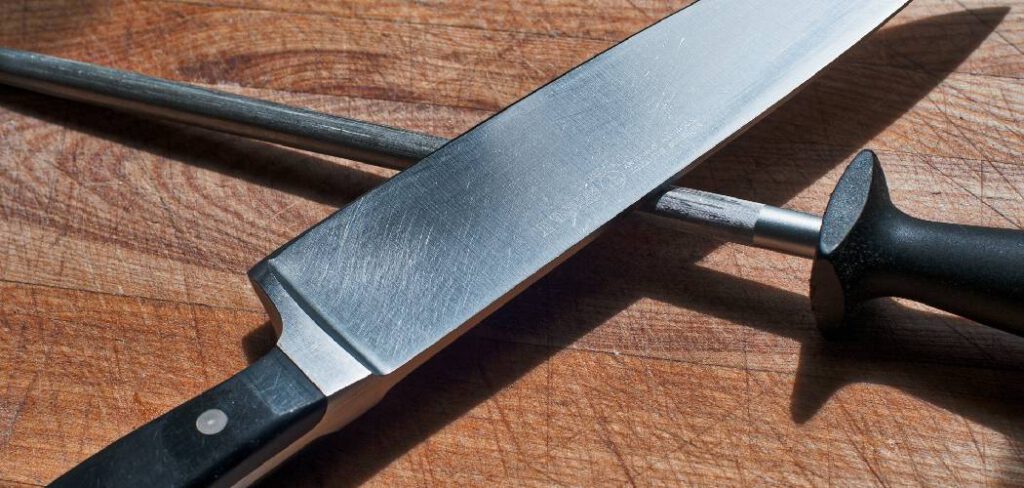
A fillet knife is an important tool for any fisherman, and it’s important to keep it sharp. In this blog post, we’ll show you how to sharpen a fillet knife using different methods like honing and sharpening with a whetstone. We’ll also cover some tips on how to keep your blade in good condition. So, whether you’re a beginner or an experienced fisherman, read on for all you need to know about sharpening your fillet knife!
What is Fillet Knife?
First, let’s start with some background information. A fillet knife is a specific type of knife used for removing the flesh from fish or other types of meat. It has a long, narrow blade that allows for precise cutting and maneuvering around bones.
What Can Dull a Fillet Knife?
Before we dive into sharpening methods, it’s essential to understand what can cause a fillet knife to become dull.
- Regular use is the most common reason for a fillet knife’s blade to become dull over time.
- Cutting through bones can also wear down your blade and make it less sharp.
- Storing your knife improperly can also lead to dulling, as it can cause the blade to rub against something and wear down.
- Not regularly cleaning and maintaining your knife can also contribute to its dullness.
- It’s important to note that not all fillet knives are made equal, and the quality of the blade will also play a role in how easily it becomes dull and how well it can be sharpened.
10 Easy Steps on How to Sharpen a Fillet Knife:
Step 1: Clean Your Knife
Before sharpening your fillet knife, cleaning off any debris or buildup on the blade is essential. Use warm, soapy water and a soft cloth to wipe down the blade and remove any residue. Be careful not to cut yourself when handling the knife.
Step 2: Choose Your Sharpening Method
There are several different methods for sharpening a fillet knife, including honing and using a whetstone.
If you plan on honing your knife, have a honing steel or rod ready.
If you plan on using a whetstone, have a high-grit and low-grit stone on hand.
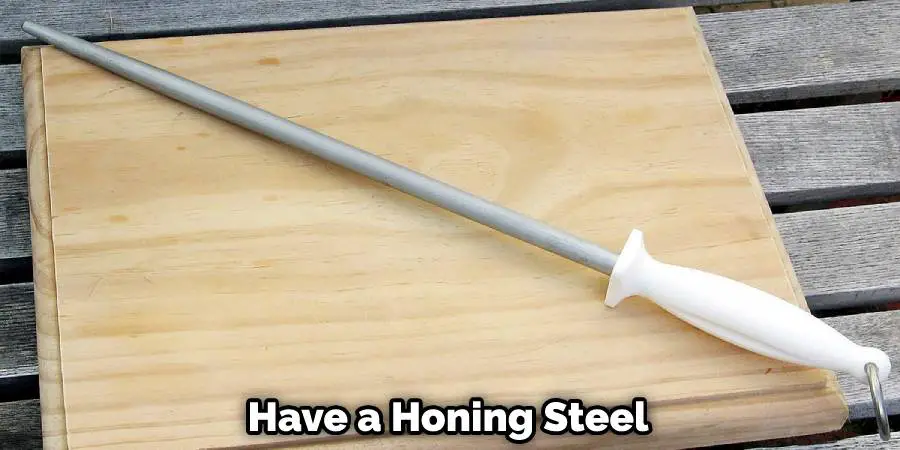
Step 3: Angle the Blade Properly
For honing or sharpening with a whetstone, it’s important to angle the blade at about 10-15 degrees against the sharpening surface. This angle allows for effective and efficient sharpening.
Step 4: Sharpen with a Honing Steel or Rod
To sharpen your knife using a honing steel, hold the steel in one hand and your fillet knife in the other. Place the blade against the steel at a 10-15 degree angle, with the blade facing away from you. Gently wipe the blade against the steel, using even pressure and going from the base of the blade to the tip in a smooth motion. Repeat on the other side of the blade, about 10-15 times per side.
Step 5: Sharpen with a Whetstone
When sharpening with a whetstone, start with the high-grit stone to remove any nicks or chips in the blade. Place the whetstone on a flat surface and dampen it with water. Then, hold your fillet knife at an angle against the stone, with the blade facing away from you.
Gently glide the blade across the stone, using even pressure and going from the base of the blade to the tip in a smooth motion. Repeat on the other side of the blade, about 10-15 times per side. Then, switch to the low-grit stone for a more refined sharpening and repeat the process.
Step 6: Check for Sharpness
After honing or sharpening, check the blade’s sharpness by lightly running your finger along the blade’s edge. Again, it should feel smooth and precise.
You can also try cutting a thin piece of paper or slicing a tomato to test how sharp your knife is. If it doesn’t feel sharp enough, repeat steps 4 or 5.
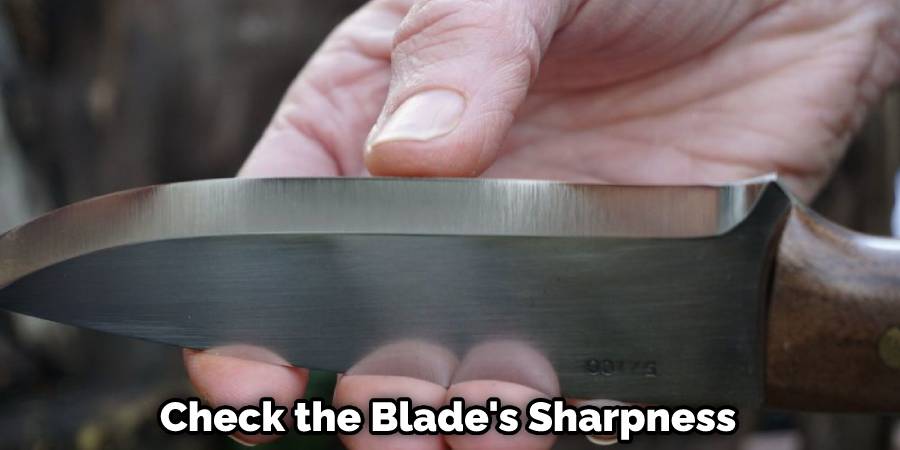
Step 7: Clean and Dry Your Knife
After sharpening your knife, clean off any metal shavings or debris with warm, soapy water and a soft cloth. Then pat dry with a clean towel. Make sure to handle the blade carefully to avoid cutting yourself.
Step 8: Store Your Knife Properly
Proper storage is essential in maintaining the sharpness of your fillet knife. Find a safe, dry location to store your knife, ideally in a knife block or magnetic strip.
Avoid leaving your knife sitting out where it can come into contact with other utensils or hard surfaces, as this can cause it to dull more quickly.
Step 9: Maintain Your Knife Regularly
Sharpening and maintaining your knife regularly will help keep it in top shape and prevent it from becoming too dull. However, how often you sharpen your fillet knife will depend on how often you use it and the quality of the blade.
As a general guideline, try to sharpen or hone your knife every few months.
Step 10: Keep Your Knife Sharp While in Use
Maintaining your fillet knife’s sharpness while using it is just as important as regular sharpening and maintenance. Avoid using the knife on hard surfaces or bones, as this can dull and chip the blade.
When cutting, use a sawing motion rather than forceful chopping to prevent damage to the knife’s edge. Try to distribute pressure evenly along the length of the blade while cutting. And make sure to clean and dry your knife after each use properly.
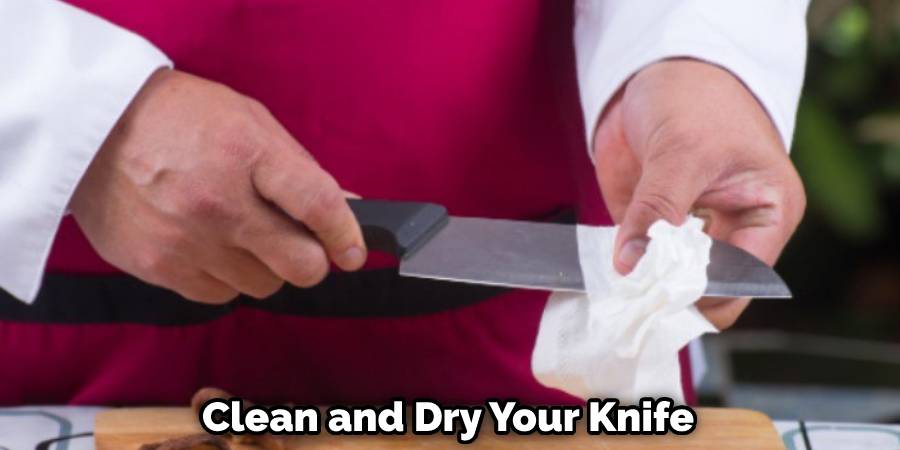
Following these steps will ensure that your fillet knife stays sharp and ready for use. Happy slicing!
5 Additional Tips and Tricks
- Use a sharpening rod or stone to ensure a smooth and even sharpening.
- Wipe the knife clean before and after sharpening to prevent debris from affecting the blade’s edge.
- Use light, consistent pressure while sharpening to avoid over-sharpening or damaging the blade.
- Use a knife cover or keep it separate from other knives in a storage block. This will prevent accidental dulling or nicks on the blade.
- Don’t forget to sharpen the back of the blade as well – this can help improve overall cutting performance.
These tips will help keep your fillet knife sharp and in top shape for all of your slicing needs. Happy sharpening!
5 Precautions You Can Take:
- Consider using honing steel regularly, even if the knife feels sharp, to keep the edge aligned and prevent it from becoming dull more quickly.
- When cutting, use a sawing motion rather than forceful chopping to prevent damage to the blade.
- Keep the knife away from children, and make sure to handle it with care while sharpening or cutting.
- Be aware of where your fingers are while sharpening – avoid accidents by keeping them out of the path of the blade.
- Make sure to properly clean and dry the knife before storing to prevent rusting.
Following these precautions can help prevent accidents and keep your fillet knife in top condition for longer periods of time. Stay safe and happy slicing!
What Method is Best to Sharpen a Fillet Knife?
There is no one method that is definitively the best for sharpening a fillet knife. It depends on personal preference and what works best for the specific knife. Some options include using a sharpening rod or stone, honing steel, using electric sharpeners, or taking it to a professional knife sharpener. Experiment with different methods to find what works best for you and your knife.
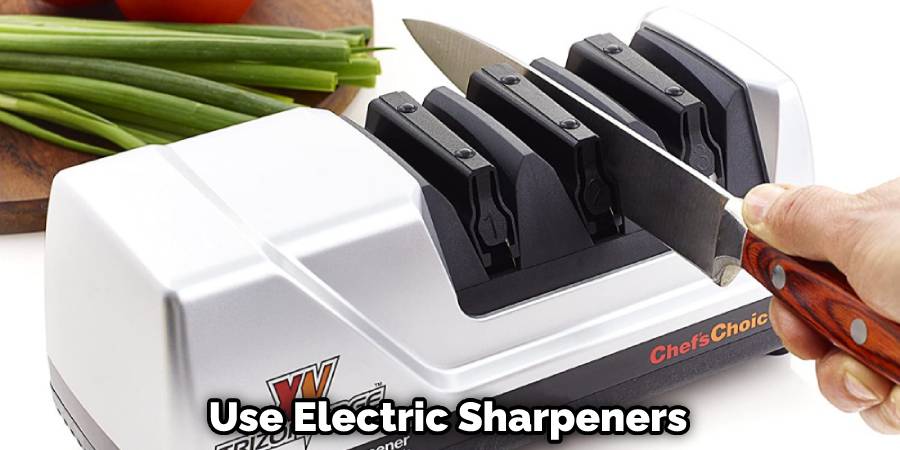
How Can You Feel if Your Knife Perfectly Sharp?
There is no one way to feel if a knife is perfectly sharp. Some people prefer a sharper edge, while others want a slightly duller edge for easier cutting and less chance of accidentally cutting themselves.
The best way to determine if your knife is sharp enough for your preference is to test it by carefully slicing through paper or an item with a similar texture, such as a tomato. The knife is likely sharp enough for use if it easily cuts through with minimal resistance. However, if the knife feels rough or rips through instead of smoothly slicing, it may need to be sharpened further.
It is also important to periodically check the sharpness of your fillet knife and sharpen it as needed to maintain its effectiveness and safety while in use.
Conclusion
Now that you know how to sharpen a fillet knife in an easy way, you can enjoy sharp, clean cuts every time. This simple technique only takes a few minutes and will save you money in the long run. Investing in a good quality fillet knife is also important – remember that you get what you pay for when it comes to knives.
Following these simple steps, you can quickly sharpen your fillet knife at home with little effort. With a sharp knife, filleting fish will be more accessible than ever, and you’ll be able to achieve extraordinary results. So what are you waiting for? Get out there and start sharpening your fillet knives! Thanks for reading, and happy sharpening!

